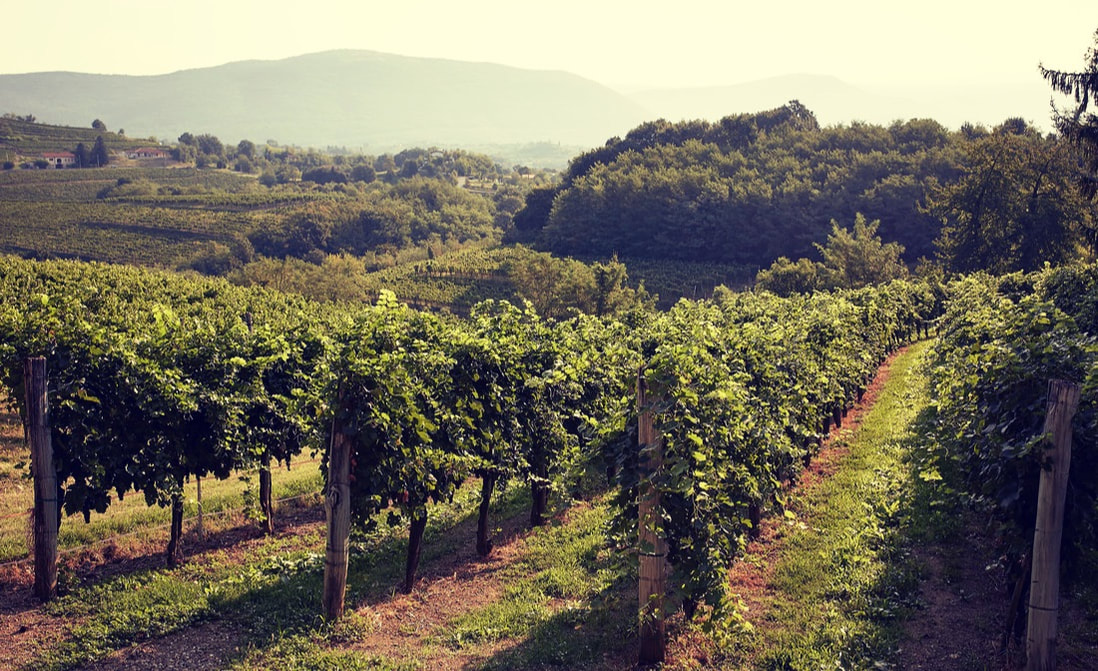 OIV General Director Pau Roca during the online conference
OIV General Director Pau Roca during the online conference
Last year, marked by the Covid-19 crisis and lockdowns all over the world, saw wine consumption volume drop by 3%, while wine production was slightly below average for the second consecutive year. The other main point is that latest data on China seem to highlight the end of its wine sector's rapid growth. The surface area of the world vineyards in 2020 is estimated at 7.3 millions of hectares (stable since 2017) and world wine production, excluding juices and musts, is estimated at 260 millions of hectolitres (+1% / 2019). The world wine export market has contracted slightly in volume reaching 105.8 mhl (-1.7% /2019), but has seen a relatively sizeable fall in value, with 29.6 billions Euros (-6.7% /2019).
Lockdown measures and associated policies such as sales bans, and the weight of tourism in national wine consumption played a role in the consumption's decrease. The full or partial closure of the Horeca channel – such as restaurants, bars – has caused a fall in sales in value, and to a lesser extent in volume, only partially compensated by the increase in wine sales via e-commerce and large retailers. That's probably why premium wines suffered the most, while large producers that owned the off-premise channel with large partner wholesalers performed well. With the exception of Prosecco, sparkling wine is the category of wines mostly affected, while bag-in-box wine sales have experienced a sharp increase in sales. Not only Covid-19, but also the imposition of new trade barriers (U.S.A. retaliatory tariffs, China tariffs on Australian wine, Brexit) had an impact on global trade.
The key to survival is adapting and diversify: «The sector is highly concentrated, and therefore risky. This shows us that diversification is necessary, starting with consumption», said Pau Roca. Among other objectives, the OIV is working to make wine a more universal consumer product. «Asia, as a growing consumer continent, is one of the main challenges for the wine world», considered Pau Roca.
Italy, world's first wine exporter and producer
Overall Italy's performance was excellent, considering the hard circumstances. According to OIV 2020 report, it established itself as the world's largest wine exporter by volume with 20.8 millions hectolitres (20% of the global market), beating Spain (second) and France (third), who registered a worse decrease. But France is still the first one by value, with Italy just around the corner: the reason is that French wines (especially premium ones) are usually more expensive than Italian ones. Which seems to be confirmed by another figure: Italy is at the top as to bottled wines' exports by volume, and nonetheless France beats it in terms of value.
Italy, Spain, and France together exported 54.6 mhl, accounting for 52% of the world market and are at the world export top in terms of value, too, with 6.2 billions Euros, 2.6 and 8.7 respectively. In Italy, Spain and France bag-in-box wines recorded positive growth rates in both volume (27%, 41%, 13% respectively) and in value (21%, 23%, 7% respectively) while sparkling wines saw a decrease, though in the case of Italy it was restrained, compared to the other two countries. Italy also recorded the highest level of consumption in the last decade: 7.5 % more than 2019.
Italy, France and Spain are once again on the top of the world for wine production: the three of them account for more than a half (53%) of the global wine production. And in this case too Italy comes first once again (France's second, Spain's third), having produced 49.1 millions hectolitres which make up for a 19% share of the whole global production (3% more than 2019).
The OIV– International Organisation of Vine and Wine was created in 1924 as a response to the international viticulture crisis. It's a technical and scientific intergovernmental organisation which operates under a renewed agreement, signed in 2001 and brings together the world of vine and wine to collaborate within the sector. It started off with only six members but it now counts 48 member states across five continents: these countries are responsible for 85% of the global production and 80% of the consumption of wine in the world. The OIV aims to inform, assist, harmonise, standardise and support the vitivinicultural sector. To achieve these goals, it works through a network of over 1,000 experts from around the world. International collaboration provided through the OIV has grown increasingly important, as more than two out of five wine bottles consumed in the world are imported.
Cover Photo: one of our partner Cantina Produttori Cormòns' vineyards


 RSS Feed
RSS Feed